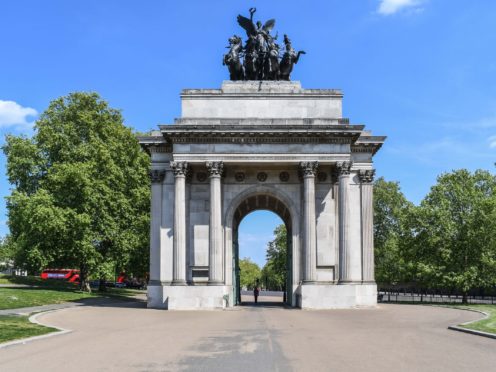An “extraordinarily silent” lockdown in London has been recorded for posterity by the Museum of London.
The museum’s first recorded soundscape of the capital was captured in September 1928 as part of a campaign calling for noise restrictions on increasingly loud streets.
Empty streets at the same five locations have been recorded almost 100 years later.

The museum’s digital curator Foteini Aravani said: “The 1928 anti-noise campaign occurred when the effects of sound pollution in central London were only starting to be understood.
“Almost a century later, sound levels in the capital are still an issue despite existing legislation.
“But the marked reduction in street noise has become a distinct aspect of London in lockdown.
“We felt it was our responsibility to capture this rare and significant moment to not only contrast the 1928 recordings in our collection, but to also provide a record of London’s rarely ‘silent streets’ for future generations.”
Both the historic and modern recordings are available to listen to for the first time on the Museum of London’s website.

The five central London locations recorded in both September 1928 and May 2020 were Whitechapel East, St George’s Hospital (Hyde Park Corner), Leicester Square, Cromwell Road and Beauchamp Place in South Kensington.
The 1928 recordings were captured by the Columbia Graphophone Company with the Daily Mail to provide evidence of the rising noise levels on the capital’s central streets, which were considered to be a “real menace to public health”.
It includes the commentary: “That was a large lorry with building materials, very noisy. There’s a motor bicycle without a proper silencer!” and: “That was the self-starter of a small seven-horsepower car … that was an awful vehicle on solid tyres.”
